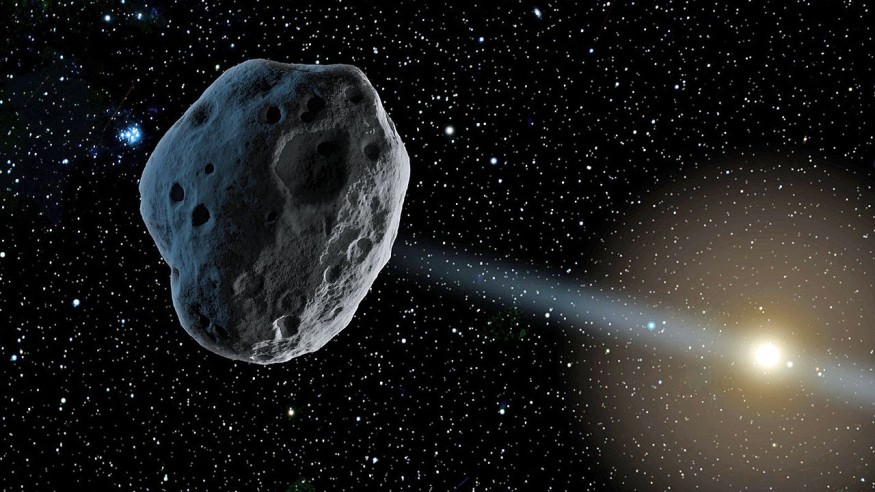NASA recently reported that the 1994 WR12 would visit Earth's orbit before the year ends. The 1994 WR12 is an asteroid that scales to a towering 430 feet in height. It is expected to crash near our planet's premises sometime in the last week of November. According to a report by CBS, the space agency said that the asteroid will make an appearance above the skies of California on Monday and will peak on visibility between 4:30 PM to 5 PM.
430-Foot Space Rock: 1994 WR12

The 1994 WR12 asteroid was first spotted by astronomy expert Carolyn Shoemaker. The discovery of the asteroid was recorded on November 28. 1994. Upon observation, the data revealed that the asteroid's size measured bigger than a football field and twice the size of London's Big Ben. The standard measurement of an American football field scales to 360 feet in length, but the 1994 WR12 was more than 100 feet larger. Shoemaker and their team were able to recognize that massive asteroid in one of California's prestigious space sanctum called the Palomar Observatory.
The discovery of the space rock 1994 WR12 was then followed with concerns, not just from space enthusiasts but from the astronomical community as well. The anxiousness that covered the people upon the detection of the asteroid was obviously because of its gigantic size. Because of the unease and supporting studies, the 1994 WR12 was instantly considered as an 'Earth Impact Risk' by the expert from the Jet Propulsion Laboratory's Center for Near-Earth Object Studies (JPL CNEOS). Throughout the years of monitoring, the alarm became lower, which led scientists to eventually remove the asteroid from the Sentry List.
Impact Larger than Soviet's Tsar Bomba
NASA experts analyzed how the 1994 WR12 would affect our planet in an event where the space rock makes an impact. According to a report, the space rock could inflict Earth with an energy comparable to 77 megatons of TNT. The destructive capacity of the asteroid would be more damaging than the world's powerful thermonuclear bomb called the Big Ivan or RDS-220. The Soviet explosive, also known as the Tsar Bomba, was previously tested in 1961 in one of the regions in the Arctic Ocean. However, the research found that the 1994 WR12 could exceed the man-made weapon by over 100 times, making the asteroid powerful enough to slap the face of the Earth and detach some of its pieces.
But regardless of how disastrous 1994 WR12 is, scientists emphasized that the asteroid will not hit Earth directly. On Monday, the asteroid will simply pass by the planet's orbit for 3.8 million miles away and will not reach Earth's surface. Among the findings related to the potentials of the asteroid's impact was published in the Russian Physics Journal, titled "Detecting Impact Orbits of Asteroids by Means of Representation of the Initial Confidence Region in the form of a Sequence of Ellipsoidal Hypersurfaces. There is no slight chance that the 1994 WR12 will fly closer to our planet, but if the case occurs, NASA's Double Asteroid Redirection Test or DART could assist in putting the space rock away from its Earth-bound trajectory.
RELATED ARTICLE : Record-Breaking 'Ultrahot Jupiter' TOI-2109b Exoplanet Orbits its Star in Just 16 Hours
Check out more news and information on Space in Science Times.










